If you haven’t started blogging yet or feel like all of your efforts aren’t paying off then this post is for you.
Content marketing is one of the best ways to generate traffic to your site and each time you create new content it can have a snowball effect that builds over time.
I’m a big believer in content marketing but know that for many people it isn’t an easy thing to do.
Here you will find the exact strategy I have used to generate sustainable traffic for businesses and launch my own personal projects. It’s nothing ground-breaking and by the end of it you might be thinking ‘was that it?’
The beauty of this strategy is that it is simple and can be done by anyone.
This post was originally published in our free Facebook community in January 2019. Join the community to get an exclusive first-look at content like this.
Your basic blogging strategy
Hi everyone, so I’ve been meaning to share with you a really simple strategy for growing your traffic and building out your blog.
I was going to do it as a weekly email with one new topic each week but figured why not just give it to you here? Life’s too short to be waiting around.
This will be a long post so get comfy!
Last year I noticed some of you were talking about wanting to start your blog or were finding that no one was really reading your posts – and that really sucks!
As someone who has relied on blogs for traffic and lead generation for years now it pains me to see that you’re not getting rewarded for your efforts.
The truth is, it’s not that hard. But that’s easy for me to say, right? I know how to blog to get traffic so of course it’s easy! But you can do it too, and I’ll tell you how.
Who is this strategy for?
? It could be for you if you haven’t started blogging yet or you feel like all your effort is for nothing. If you’re getting less than, say, a few thousand website visits a month then this strategy could help.
? It’s probably not for you if you’re already bringing in thousands of website visitors through your blog posts. Chances are that you already do most of this anyway.
This is my no-BS strategy for getting people to look at your website by blogging. It’s nothing fancy and by the time you’ve done reading it you’ll probably want to kick yourself because it’s all so obvious!
All I need from you is a little bit of time right now to read this post and for you to dedicate some time to writing your blog posts. That’s it.
Alrighty… So let’s get right to it.
1. Hard truths
Some of us are already regarded as experts or authority figures in our field and people might be interested in what we think about things. When you are just starting out with your business no one knows who you are – which means most people simply don’t care what we think.
When I first got started blogging I would treat my website like a personal diary. I would write down my thoughts on something that I thought was interesting. I see lots of other people doing this too, and there’s nothing wrong with it. It feels good to share our thoughts. The problem though, is that most people simply don’t care*.
(*Unless you are well known as an expert on a certain topic or you’re a celebrity/public figure. If I was to write on my blog about the pancakes I’m eating no one would care, but if Dwayne ‘The Rock’ Johnson was to do it his followers would.)
So the truth is that when you’re just starting out most people don’t care what you think. No one is looking for your opinion or seeking it out. Why would they be?
If no one cares what you think, how do you get people interested?
2. Think like your audience when writing blog posts
In order to get people to be interested you need to give them something they can use.
You need to be useful.
So how do you create useful content? In order to do so you need to know who you want to attract and how they think.
Think about your ideal client, who are they and what do they want to achieve?
In order to attract these people to your website you need to help them in some way.
As an example, let’s say that I’m a health coach who believes that diet is the key to a better life.
Imagine that our ideal client is sat at home with a blank Google search open in front of them. What questions might they be searching for that are related to your work?
Start with the who, why, what, when and hows.
We want to help people with their diets so maybe they would be curious about the food they eat, right?
Maybe they would search for:
• Are avocados healthy?
• Is dark chocolate good for you?
• What is a paleo diet?
• What are the best snacks for losing weight?
These are the kinds of questions that our ideal clients would be asking.
All we need to do in order to create useful content for these people is to answer their questions.
How we do that is simple. We make a list of all of the questions our would-be clients might ask and then we answer them on our blog, like this:
Question: Are avocados healthy?
Our blog post: Here’s why avocados are so good for you.
Question: What are the best snacks for losing weight?
Our blog post: 5 delicious snacks to help you lose weight.
By answering questions we end up creating useful content that people will benefit from reading.
3. The question bank
Now here’s where things get interesting.
Once you put yourself in your client’s shoes how do you find out which questions to answer?
If you know your ideal client well you may be able to come up with a bunch of questions which you should be answering. But if you have a hard time thinking of questions then we have a secret weapon…
When your would-be-client sits down to type their questions into Google an interesting thing happens as they are typing.
Google tries to be helpful by completing the query based on previous search data. You’ve no doubt used it before but never gave it much thought.
When you start a search on Google, you can quickly find info with search predictions. Search predictions are possible search terms related to what you’re looking for and what other people have already searched for.
Source: Google Support
We can use this autocomplete function to come up with a list of the common questions people are searching for. Here’s how:
Open up a new blank Google search and think about who, why, what, when and how questions. Begin typing your question with a focus word and see what Google tries to complete it as.
As a health coach we might try ‘apples’ as our focus word. In our Google search I’d type:
‘How do apples…’
I just tried it and one of the autocomplete queries was ‘how do apples help your body’
I’d make a note of that one and then carry on exploring.
One thing to note is that it is possible that there are more suggestions within each autocomplete query. When Google suggested ‘how to apples help your body’ I clicked on it and then in the search bar I went to edit it, it then gave me more autocomplete queries such as ‘how do green apples help your body’
Try editing the autocomplete query to see what else comes up. Remove words, add different words and see what happens. As another example I just removed the word ‘body’ from our query and autocomplete then suggested teeth, lungs, heart, skin, liver, bones…
Every suggestion you get is another opportunity.
Next I’d move on to ‘what do apples…’ and see where that goes.
Keep doing this until you have some ideas. Write some of them down so you don’t forget.
Not all autocomplete queries will be relevant or useful to you but if you know your audience well enough you should never run out of questions.
4. Battleships
On the internet everyone is trying to compete for attention, and at times it’s not easy to get it. Back in college my tutor told me something I will never forget, he said ‘the cream always rises to the top’.
Now, odd sayings aside what he was trying to say was that the best will always win. And I truly believe that.
Step 4 of my simple blogging strategy is to blow your competitors out of the water.
You might not have the resources that they have.
You might not have a team of people to write for you.
You might not be as well known.
You might not be as confident.
None of that matters if you just create better content than they do. The cream always rises.
Here’s an easy way to create better content:
1) Type one of your questions into Google.
2) Open up the top 3-5 links (as long as they are relevant, be sure to skip the advertisements/paid placements. If the top 5 links aren’t relevant then your question probably isn’t very good.)
3) Have a quick read & look at each website and give it a grade. Think about:
• What is the site itself like, is it attractive or does it look like crap? Am I being attacked by pop-ups or ads?
• Is it immediately obvious that my question is going to be answered?
• Does the content read well? Are there clear headers? Is the text one long block?
• Is it fun to read, is there distracting spelling mistakes?
• Do you trust it? Is it obvious that it has been researched?
You can add your own criteria but the general idea is that you want to find all of the good and bad things about it so that you can learn from it.
Now repeat this process with the other links.
Once you’ve done this a few times you’ll start to get good at it. Use your instincts, you’ll know if the site is annoying you or is a waste of time.
The end result here is that you’ll have a list of things that you like and things that you would improve. Things like:
• Paragraphs needed to be shorter and it needed more images.
• I wish there were more headings so I could re-read sections and find my way around easier.
• There were so many annoying adverts! I want my own blog to be clear and free from distractions.
• I really liked how they had a quick intro paragraph which reiterated my question.
• Those bullet points really made it easy to read.
• It was written really well and it made me trust the author.
You’re now ready to write the most useful article on this topic anyone has ever read!
5. Your kick-ass article
I’m going to try not to get too technical here but here’s where the SEO (search engine optimisation) and a bunch of other content tricks come in to play. Here’s the basics:
SEO
Google is amazing but it needs a little help. It reads webpages to find out what’s on them so it can serve them up at the right time to the right people. You can help it do this by including some key phrases and words.
It’s possible to write about a subject without every saying what it is, for humans this isn’t always a big deal but for Google it might not be helpful.
Imagine writing a how-to recipe for an apple pie. You give it the title ‘Grandma’s favourite pie’ and then list out the steps:
1. Wash and cut the fruit into small chunks.
2. Roll the pastry.
3. Put your cubed fruit into your crust and bake.
Now, our example might be light on details but it’s also light on keywords. How is Google supposed to know this is an apple pie recipe unless we tell it that we are using apples? The same applies to all other types of blog content too, so try to help search engines figure out what you are writing about and it will help people find your content.
Without going too in depth my suggestion here is to include the questions somewhere in your post and then mention your focus word and variations of it throughout. For example if your question was ‘how are apples good for you?’ you might include an intro paragraph that says ‘throughout my time as a health coach one question i get asked a lot is how are apples are good for you…’
Don’t be too on the nose with it, and definitely don’t try to force it. It isn’t essential to have it in there but it just might help.
You’ll then want to include variations on this throughout your post, such as…
… apple skin is good for you because…
… another unexpected way that eating an apple can benefit you is…
… here are two other ways an apple a day is good for your health…
Again, don’t force it but just be aware that you want Google to know what you are talking about. First and foremost though, you want your article to be the best it can be for humans to read and not for Google.
Better writing
There are lots of resources out there which can help you write better blog posts but, again, here is how I do it:
Write short paragraphs that are easy for people to read and scan.
Most people don’t like reading big blocks of text on websites so make them shorter.
Simple, right? We make our content easier for people to scan through and it makes the reading experience better. Otherwise you end up with huge, long blocks of text and if there’s no way of remembering where you were (such as useful and descriptive headings or images) then you might lose your place or worse, decide it isn’t worth the mental effort! See, this paragraph is much longer and is not as nice to read…
Be mindful of using shorter paragraphs but only if they make sense.
Next, be sure to use headings! Again, these need to be purposeful and deliberate. Don’t create headings just for the sake of it, be deliberate and useful (and adding your keyword might help too).
Split your content up into section and give them appropriate headings:
*The reason apples are so good for you*
Your content…
*Which apples are healthier: red or green?*
Your content…
*How many apples should you eat*
Your content…
… and so on.
Your headings can even be used to answer other relevant questions based on the same topic.
Write more lists
Without a doubt some of the best blog posts to write are list posts. You know the ones I’m talking about and you’ve seen them around:
10 steps to the perfect list post
7 reasons why list posts will always work
Here’s 5 reasons to write list posts
People go crazy for posts and titles like these. So embrace them but don’t make them sensational. Here’s another example:
Post title: 5 reasons apples are good for your health.
Post content:
1. The type of fibre in apples feeds your good bacteria.
Your content….
2. Apples are extremely rich in antioxidants.
Your content…
… and so on.
Be yourself
And finally, my last tip for writing your killer blog post is to be yourself.
Remember when I said that no one cared what you think? Well, that’s not exactly true.
With so many sources of information out there we all have options about who we get it from. The same can be said about services and products we buy too.
There’s competition everywhere so part of creating the best, most useful content is also about making it your own.
Our founder, Cat, wrote that the secret to success is to be yourself and it’s true. Because it’s you yourself that makes your business unique.
Create useful content and put your own unique spin on it. Maybe it’s how you speak, maybe it’s your views on the things you are writing about (but remember, be useful first and then provide your opinions alongside) – whatever it is the right people will appreciate it and it will help to set you apart.
By answering questions you will be able to attract people to your website, but by being yourself you will be able to get them to keep coming back for more and convert them into a client.
So that’s my blogging strategy in a nutshell.
1. Stop writing about yourself, start helping your audience.
2. Think like your audience and get into their shoes.
3. Figure out what questions they have.
4. See how other’s have answered the question.
5. Answer the question better than anyone else.
I honestly believe that blogging at this level can be done by anyone. It’s about as simple as it can get.
Have an awesome week! ?
Enjoyed this content? Get more tips and simple strategies like this in our free Facebook group. Join the community today.

Brett Worth
Project Success Manager
With a background in web design and development, Brett guides our clients through all aspects of our done-for-you branding experiences.





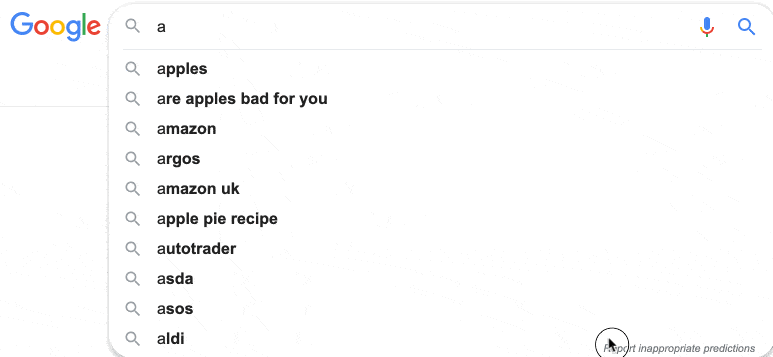
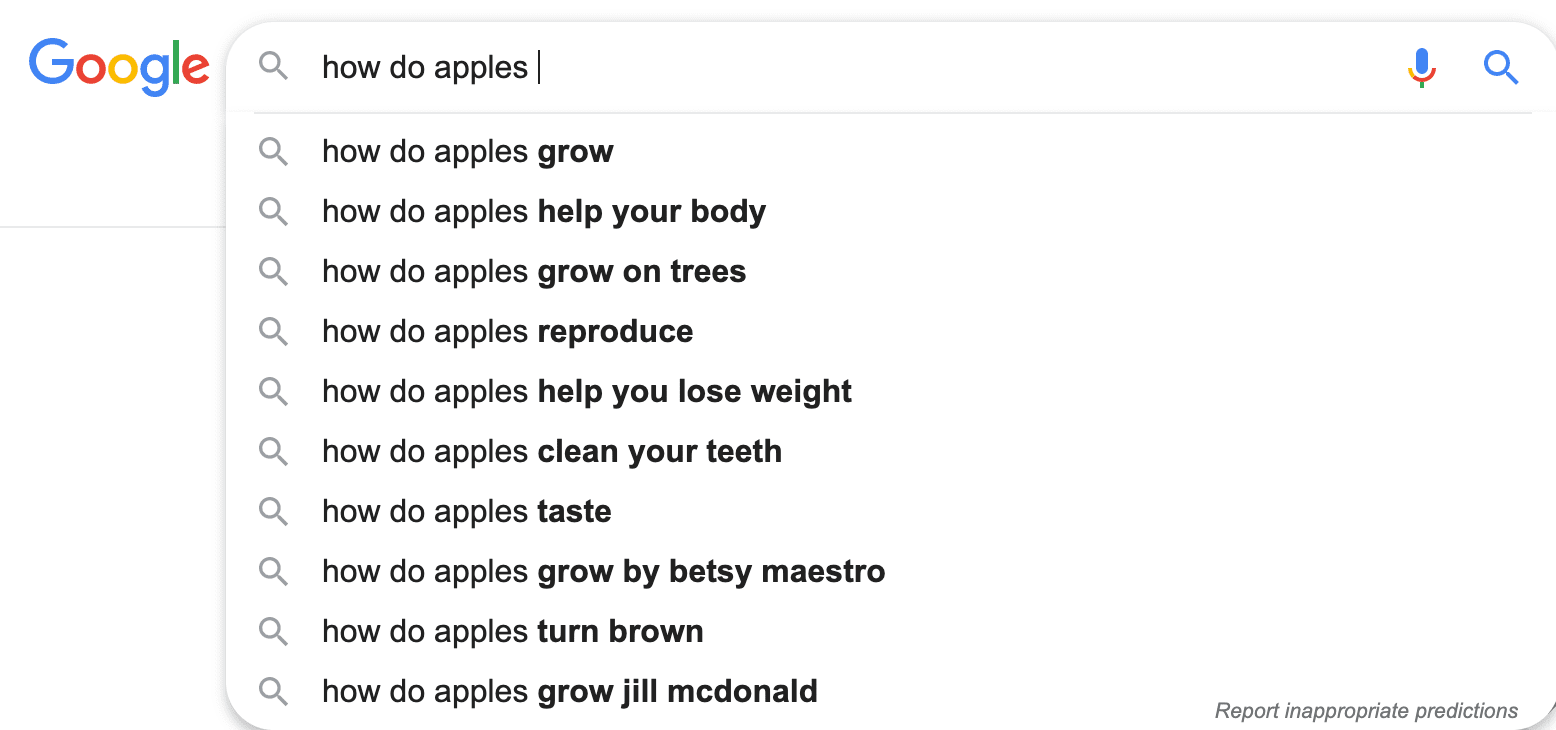
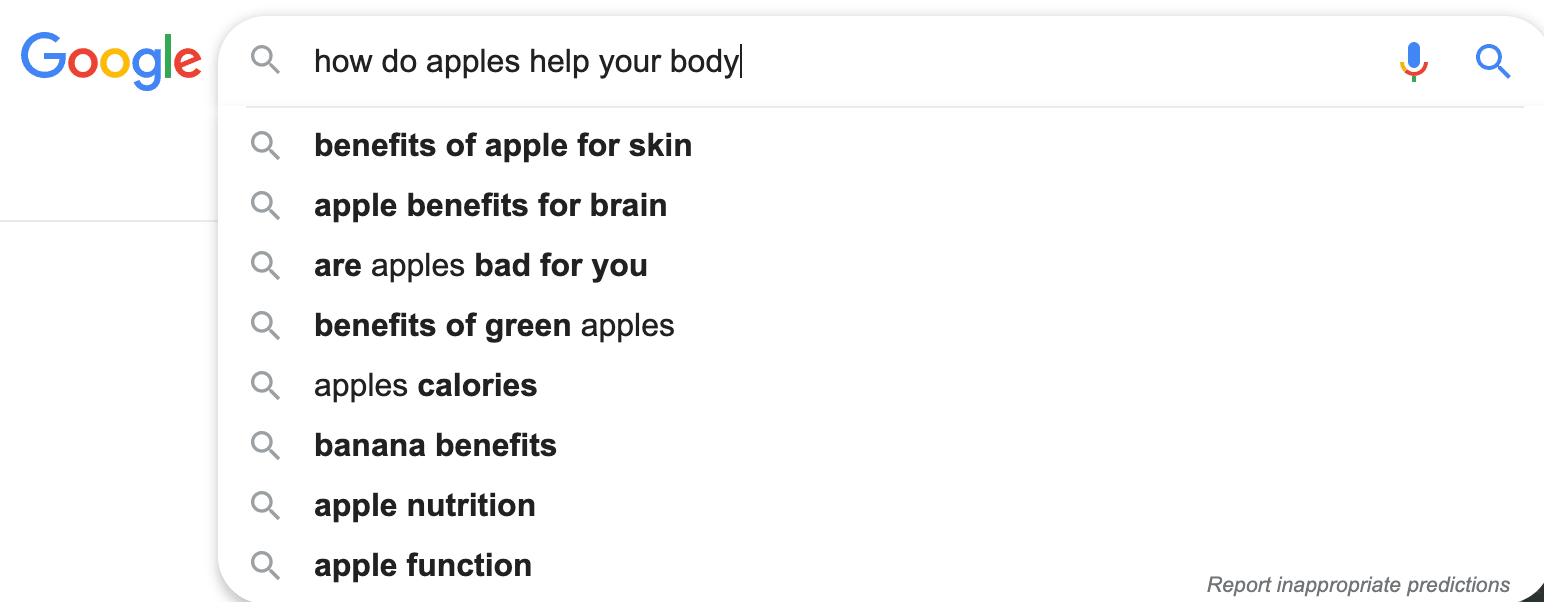




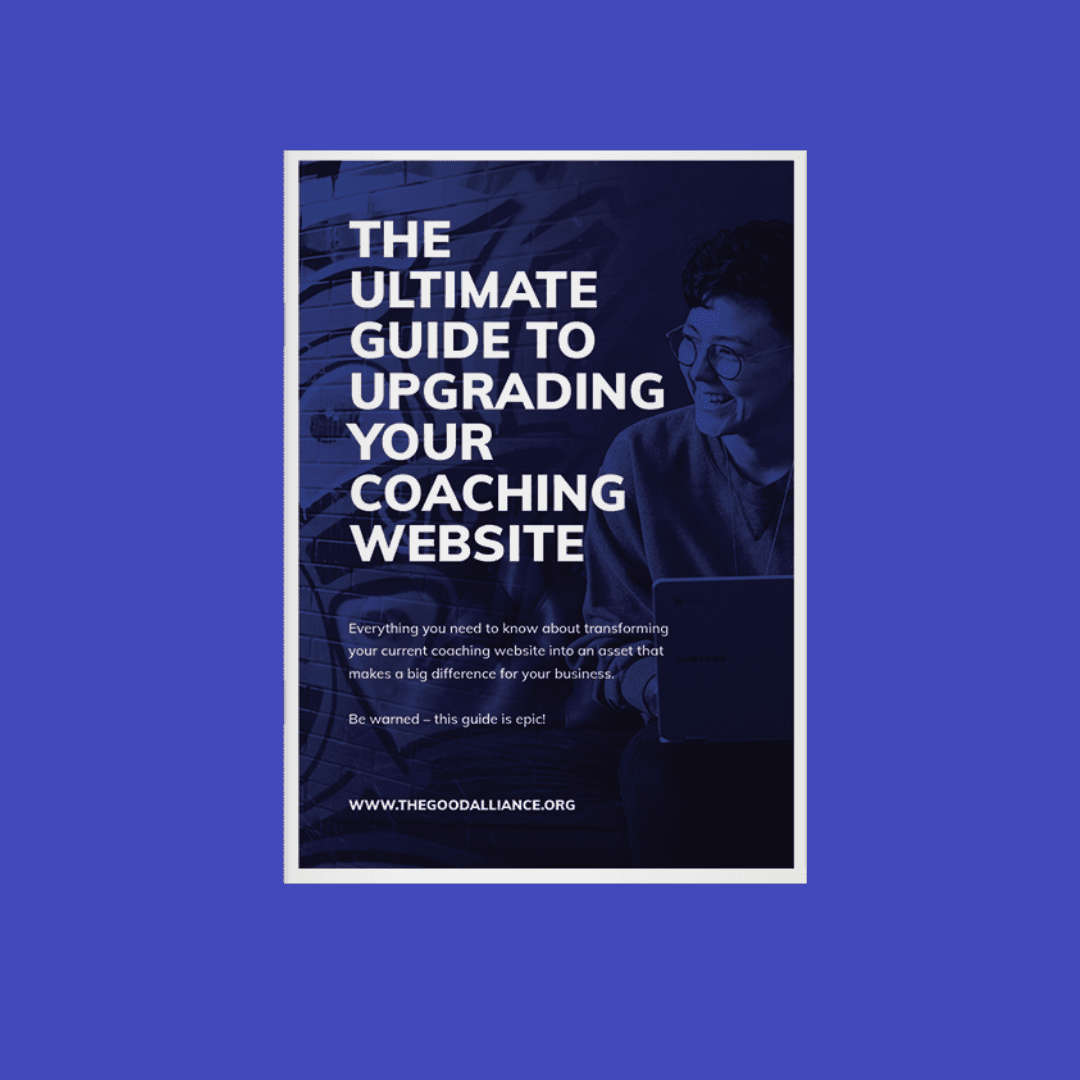



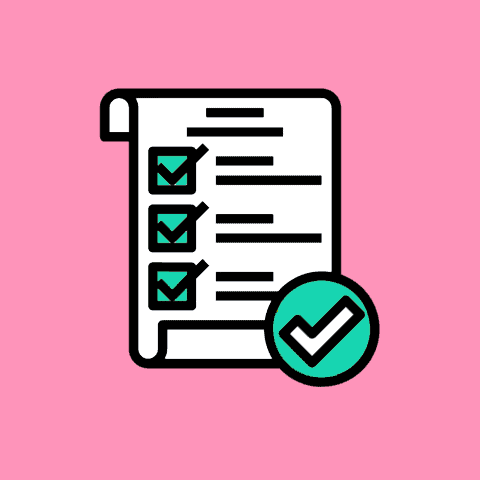





0 Comments